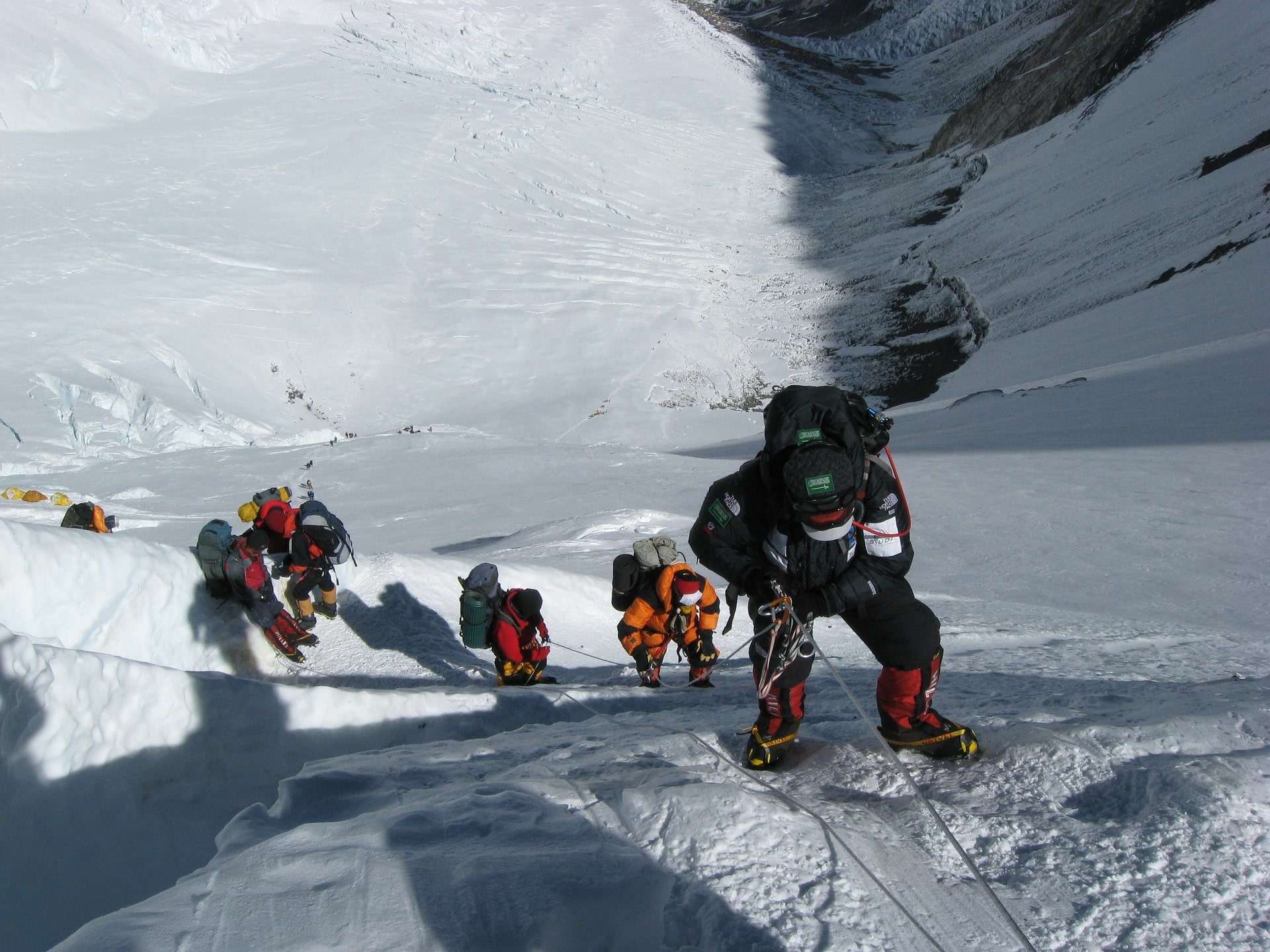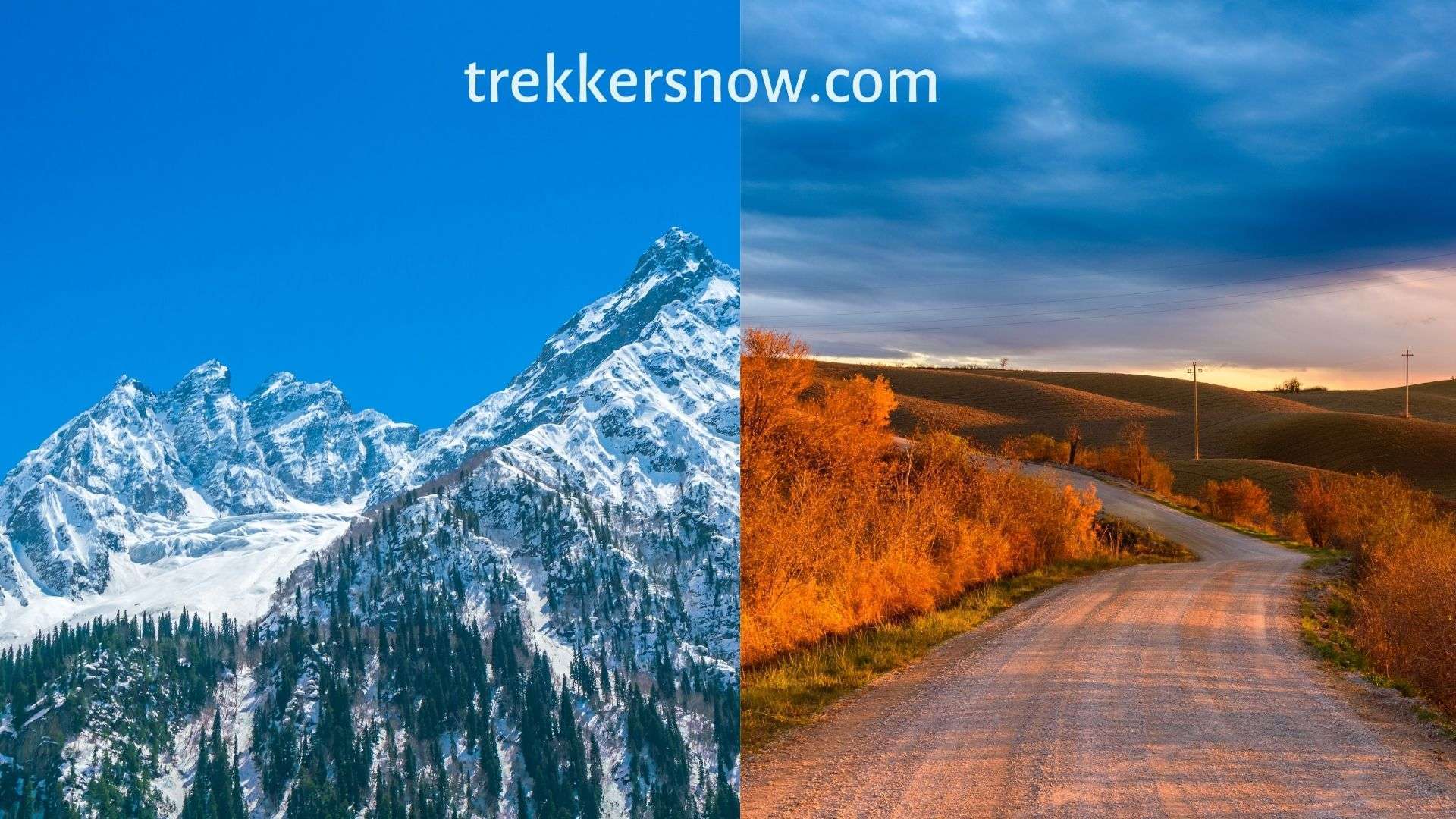How to hike Mount Everest? You’re not alone if you’re asking this question but few know how to hike Mount Everest. This travel guide to the world’s highest mountain will help you plan your trip so that you can get to the top and back down safely—and it includes tips on what equipment to bring, how to acclimate to the altitude, when to go, and more.
Why trekkers hike Mount Everest
For a traveler, a trek up the Himalayan Mountain range of Nepal, Pakistan, and Tibet offers an opportunity for unforgettable experiences. There are many excursions from base camp, which might include summiting K2 or the more challenging Everest summit. The challenge is not for everyone, but the rewards make it worth taking on.
For anyone looking for an adventure that’s at once terrifying and thrilling as well as different than anything else you’ll find in the world today, you can’t go wrong by trekking up to the base camp of one of these incredible mountains. Not only will you get your adrenaline pumping and see some of the most stunning scenery in the world, but also meet people who love nature just as much as you do.

When to go
If you want to do a good guided tour, your best bet is summer. If you want the challenge of summiting without all the effort and porter expense, winters are your time. K2 can be submitted in any season as it has very convenient access. For mount Everest, like K2, it is possible any time of year but the seasons have some advantages for the hike depending on what you are seeking out of your mountain experience.
What to pack
K2 is a mountain in the Karakoram range, on the border between Pakistan and China. It is part of the Himalayan range, which extends from northern Pakistan eastwards for about 500 miles. The K2 summit stands at 8,611 meters (28,251 feet) above sea level. The ascent can be completed in one day by hiring a porter or sherpa to carry your bag. Although you will need some food as well as basic camping equipment like tents and sleeping bags.
Climbing Mount Everest can take up to two weeks because it is higher than any other mountain in the world at 8,848 meters (29,029 feet) above sea level. Trekkers should pack items that are lightweight and easy to pack, such as clothing layers and footwear. Make sure to bring plenty of water since it is possible to get dehydrated quickly due to the thin air at high altitudes.
A word of warning – don’t forget sunscreen, sunglasses, and lip balm! Trekkers also need headgear with an adjustable visor that protects against snow blindness while offering maximum visibility so they can see their surroundings better – this will make trekking more enjoyable. Be sure to invest in a high-quality tent that protects against weather conditions. Snow storms are common when climbing mount Everest so carrying a down-filled parka may come in handy!
The route
The best time of year for climbing Mount Everest is typically May through September, due to the low risk of avalanches. The most popular routes up the mountain are the north ridge route (Nepal) and the south ridge route (Tibet). The south ridge is slightly more difficult but has a higher success rate than the north.
The standard route on Mount Everest goes from Tibet into Nepal, starting from Base Camp in Tibet at 17,600 ft. From there, climbers make their way across icefalls and crevasses on 28,000 ft K2 (South Summit), then continue up through steeply rising glaciers until they reach an area known as the shoulder at around 29,500 ft. Climbers need two days to acclimatize to the altitude here. From here, mountaineers head back down over rocks and ledges on Mount Everest’s South Col route and again head back up onto snowfields towards their final destination, reaching this point about 30 hours after leaving camp 4 at 27,900 ft.
Where to stay
Visitors to Nepal may find themselves spending time in Kathmandu, which is the capital city. It’s a bustling metropolis of almost 1.5 million people. Visitors will have the opportunity to see some of the country’s most important Hindu sites, including Patan Durbar Square, Swayambhunath (a Buddhist stupa), and Bodhnath (the largest Tibetan Buddhist temple outside Tibet). Kathmandu also offers many opportunities for outdoor adventures, such as rafting on the Trishuli River or hiking in Langtang National Park.
When it’s time for a break from sightseeing or exploring, there are plenty of hotels in Kathmandu that will suit your budget and needs.
What to expect
Mount Everest is one of the tallest mountains in the world. It’s also a challenge for trekkers. The mountain’s height, unpredictable weather conditions, and difficult terrain make it a dangerous place. It’s called ‘Everest’ because it reaches 29,035 feet up into the sky. For those wanting to get there, it’s a long journey. The best time for this journey is from April-May or September-October when there are fewer chances of heavy snowfall.
The first step in this adventure is arranging your trekking permit and going through the necessary paperwork with Nepal Tourism Board (NTP).
Once you’re ready, you’ll need to fly into Kathmandu where your trekking company will pick you up at the airport and take you on a short flight to Lukla Airport which sits at an elevation of 9,334 feet.
Tips for Success
After years of trekking Nepal’s snow-capped peaks, we’ve learned a few things about how to successfully climb Mount Everest. Here are our top tips for success.
Plan your itinerary wisely. Your trekking company can help you with logistics like transportation, hotels, meals, and which trails to take on the way up.
The more organized you are going into it, the more likely you are to have a successful trip.
Get all the equipment that you need before heading off on your adventure – this includes gear for high altitudes as well as everything else for an extended stay in an unfamiliar country.
Get all the equipment that you need before heading off on your adventure
Trekkers should be mindful that while they may not be at sea level, they will still need to be prepared for colder temperatures when climbing Mount Everest.
Trekkers should be prepared for the trip with good equipment, plenty of water, food, shelter (even though it may be hard to find), clothing suited for the season they are visiting, as well as a map or GPS device (or both).




